Current PhD projects

PhD Project
Student
Niall O’Keffee DAMTP
Industrial supervisor
Mr. Cameron Rennie
Funding
EPSRC iCASE award
Industrial sponsor
Hydraulic fracturing, or `fraccing’ as it is commonly called, is the process of drilling and then injecting fluid into the ground at high pressures in order to fracture shale rocks and, in doing so, release natural gas stored there. In the United States, over 10 billion cubic feet of natural gas are obtained each day by this process. The large-scale production of natural gas in this fashion has far reaching implications on the energy market, as it shifts from a primarily fossil fuel base to a greater inclusion of renewable sources. Natural gas plays an important role in this transition.
During the fracturing, millions of tons of water, mixed with sand and chemical additives, are needed at each well site during its exploitation. The added sand particles, referred to as `proppant`, are deposited by the flow of the injected liquid, serving as the support for the fractures, `propping’ them open and increasing the permeability of the rock. The success of the fracturing is therefore largely dependent upon the dynamics of the flow, the transport of these particles and their deposition along the fractures. These dynamics are complex and involve various forces acting on the particles as they are carried by the flow. These forces, in turn, may depend on the particle properties such as their shape, size and composition, as well as fracture properties such as orientation with respect to gravity, surface roughness and permeability.
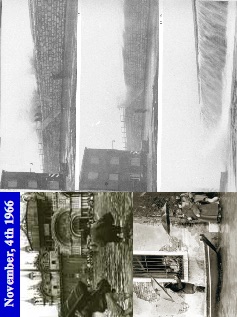
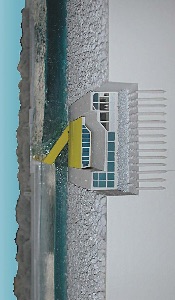
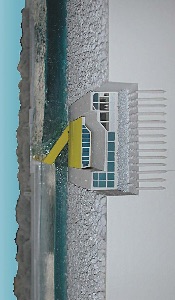
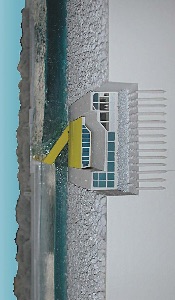
Schematic of hydraulic fracturing.



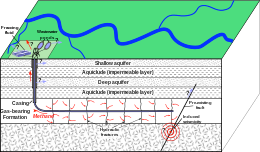
Fluid mechanics of hydraulic fracturing
